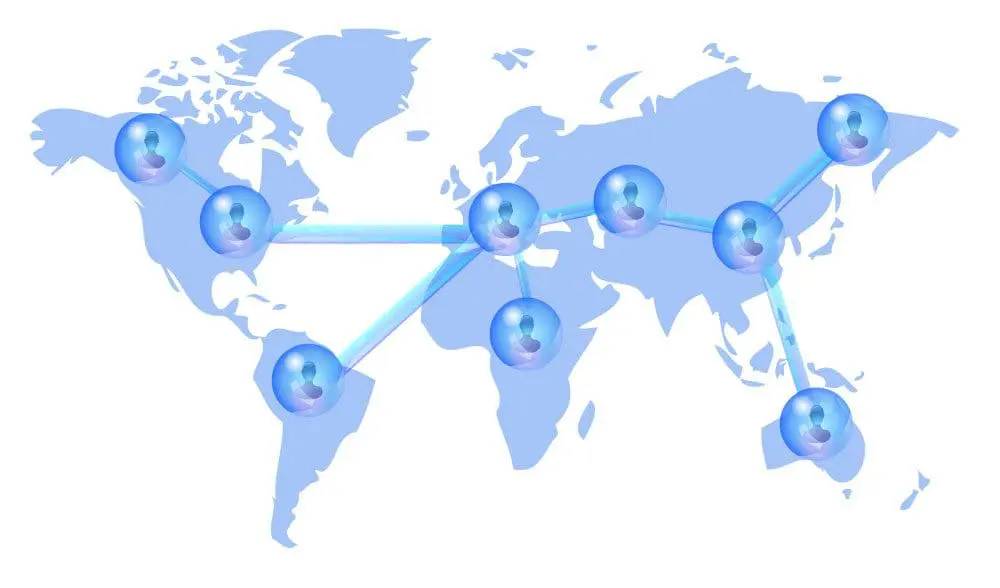Inbound marketing is all about quality over quantity.
It’s about organizing your marketing activities to get found online by the people who want and need your product. Quality leads. Quality sales. Quality customers. Not every contact is a lead. Not every lead is qualified. Not every qualified lead is ready to buy. We want to get the most qualified and the most ready to buy leads as efficiently as possible. Chasing unqualified contacts and leads is a waste of time and money.
That’s why I love LinkedIn groups. If you haven’t explored them, you should. There are few channels that allow marketers to communicate with such highly targeted communities.
LinkedIn groups are pretty much what the name implies—people joining together around a profession. Some groups are moderated, which means that every membership request must be approved by the moderator, and every post to that group will be reviewed. Those are the best groups to belong to because it indicates that people in the group take it seriously. You request membership with a click, and once you are a member you can post questions, articles, and other relevant content to the group. Members have the option of having daily or weekly digests of posts delivered via email. In essence, it’s a bulletin board for the profession.
Here are three reasons I love LinkedIn Groups:
1) They’re free.
Anyone can join a group. You don’t have to have a premium account. You are limited, however, to 50 groups, but I haven’t found that limit to be difficult to live with, as most of the clients I work with are in a similar industry—medical device manufacturing.
2) They are what I call superniche.
To say that they are highly targeted (which I said) is an understatement. For example, for some of our clients, we help them recruit patients for clinical trials for new drugs and devices. Well, there’s a LinkedIn group called “Clinical Research Professionals.” It has 85,000 members. Another client specializes in micro machining equipment for creating microfluidic devices. Guess what? There’s a group for microfluidics device manufacturers and researchers. Perfect. Once you are a member of a group, you can publish educational and informational content to it, with some restrictions, which I’ll go into later.
3) They reward quality.
Part of the package with such targeted groups is that you can assume a high level of knowledge about the field you are addressing. This means they know B.S. from good content, so you need to be able to communicate as a peer, not as a peddler. Try to sell to these groups, and you’ll get booted to the “promotions” section, which few people read. If you want to be part of the community, you have to demonstrate that you belong.
O.K. Those are a few reasons I love LinkedIn groups. Now, here are a few tips on how to make them work for you:
1) Quality content is required.
As inbound marketers, you already know this. Don’t try to sell. Educate. Inform. Offer assistance. Group members not only know good content when they see it, but they also punish poor quality be rejecting posts and denying membership.
They also reward high quality content. I have had people request to re-publish posts to their peers, and I have even been asked by trade journals to publish blogs and articles.
2) Show why you belong.
In addition to creating quality content, it is helpful to have some information in your title or job description that indicates your connection to the industry that the group is formed around. This may require some adjusting of your bio in LinkedIn. For example, if you want to join the Underwater Basket Weavers Association group, your profile should show that you have some connection to the underwater basket weaving industry.
3) Join as yourself, not as a company.
Actually, you don’t have a choice. LinkedIn doesn’t allow companies to join groups. You have to use your personal LinkedIn account. This can be a hassle for agencies, where various people might want to be involved in posting content, and that’s probably why LinkedIn has the policy it does. It wants to foster genuine connections between professionals whether they are looking for jobs, looking to hire, or looking to learn.
For many of our clients, LinkedIn has become the second biggest source of traffic after Google. That’s pretty impressive. It really is evolving from a job seeker’s site to a professional social network. LinkedIn groups can be a great source of traffic and leads, and at the same time they can help you establish thought leadership and build your brand.
